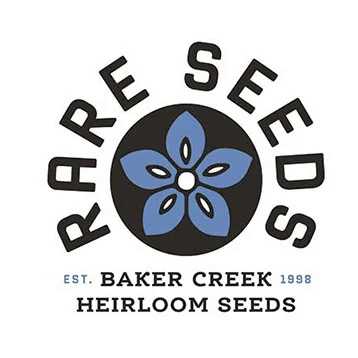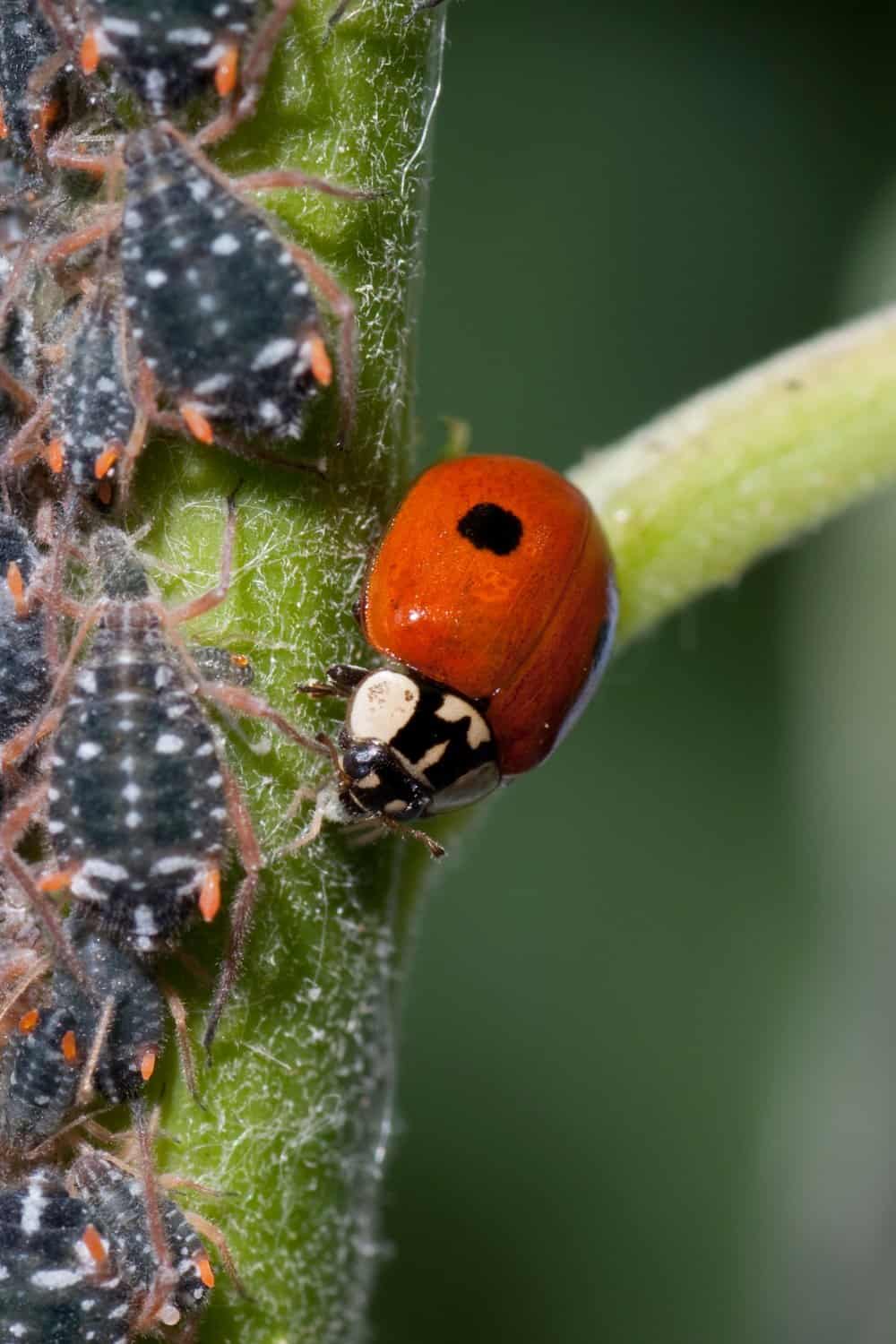
You all are thinking about Fall! I know. It is an awesome time to be dreaming about your fall vegetable garden plantings because if you are wanting to do any succession planting this is the time to do it! So, I have gathered up my top tips for fall planting guide on your vegetable garden and things to think about as well as a few other helpful things for your vegetable garden. There is also a full list of things I am planting in fall vegetable garden. You will also find an IGTV about all that we are planting right now as well.
So first let’s talk about when to start thinking about fall plantings or as you have also heard “succession plantings”. Now, this isn’t something you have to do to garden. You can simply enjoy a simple summer garden and as things complete they will be harvested and you will lay a layer of compost on your beds once you have everything done. This may be in October or December depending on where you live. Bet let’s think about our gardens as one of the fall planting guide like this chart below….
Seasons Planting Guide – Plant Timing Chart

We have spring things such as peas, spinach, arugula, early beets, early turnips, radishes, etc. We planted these between March and May depending on your location. Then we have things we planted in May or so that are summer crops, which means their final days will be in September or October. Some may even hold on till November. Then we have our fall crops.
These are things we can do as starts in June so they are ready to go in the ground or some are okay to just be direct seeded depending on what they are. Most if direct seeded need anywhere from 50-90 days of maturity so the best way to know what needs to be planted when is by working back from that maturity date.
Let’s get started…
What is Succession Planting:
Succession Planting is when we remove one plant and replace it with another from one growing season to another. Most of the time this is done from spring crops to fall crops. It is a simple process but knowing some tricks is essential to doing it well.
More or less you use the growing season to your max capabilities. This is either through staggered plantings of vegetables so you have a continued variety as an option or you use succession planting to progress from one season to either.
For reference of our garden, we use both techniques. For instance, I have 4 different crops right now at different stages of carrots. We will harvest continually through our growing season. We also have the same for onions, greens, and more. I also use succession planting to move between seasons though. Both are great options depending on your needs or your garden size.
4 Tips and Tricks for a Successful Fall Planting Guide On Your Vegetable Garden
1. You want to start simple here.
It isn’t about doing your whole garden this way, but pick a few that are easy like peas to carrots or a radishes to kale.
2. Use one plant to help build the soil for the next.
Every plant you grow uses specific nutrients to grow. This means you can use this to your advantage, but you also want to make sure you aren’t growing the same things one right after another or in the same places every years. You have to mix it up even if you are putting on new compost every year. Rotation is important for crops as what one veggie doesn’t use another can and one can place nutrients in the soil that another needs as well. It is quite brilliant.
3. Rebuild Soil between plantings.
Even by using a process of rotation you need to place a good layer of compost on that area so it can rebuild. Do not skip this no matter what. You will have strong crops this way.
4. If you have a shorter season, start some seeds inside.
so you can get things that much further ahead before going in the ground. I haven’t done this but really should. Basically you start some seeds in early June (if you weren’t exhausted from getting your garden in). This allows you to have starts to place in the ground by the time it is ready to succession plant.

How to Prep the Vegetable Garden for Fall Planting Guide:
1. To prepare your garden you will want to remove the vegetable that is past its prime.
2. If removing beans or peas, you can snip the top of the plant and leave the root. It is full of great nitrogen that will rebuild the soil for things like carrots or broccoli for fall.
3. Once the plant is gone you can place compost over the growing area to help strengthen the nutrients in the soil.
4. Then plant your next plant. You can use crop rotation techniques in this situation, but my simple method is as easy as; If it grew up then now grow down. It isn’t foolproof but it works pretty darn well for any beginner gardener.
5. That’s literally it. We will cover how to prep your beds at the end of the season to sit for the winter. You can use this same method though if you are thinking of doing some winter crops with cold frames.
What are the Best Things to Plant in your Fall Vegetable Garden:

1. Beets:

Pretty much any variety will do. Beets LOVE the cool weather, but to be honest we grow them through the whole growing season. I particularly love planting Golden and Chioggia. They are both so gorgeous!
2. Acorn Squash:

These little squash grow quickly and are abundant. So you can cure them easily and get them put away for winter storage without a problem before the first frost of the year.
3. Delicata Squash:
Another great little squash variety that can be started now and will give you a great production before your first frost.
4. Carrots:

We have carrots growing constantly and I feel like I buy carrot seasons a couple times of year before of it. They do wonderfully right after peas because they compliment each other and demands and replacement nutrients.
5. Turnips:

One of my surprisingly favorite veggies to grow. They are so easy and cute to grow! You also can use the greens for soup.
6. Kohlrabi:

These brassicas are so yummy for all sorts of things so I love growing them in the fall. They leaf up quickly and are just very pretty to grow.
7. Watermelon Radishes:

If you want some big color impact before you hunker in for the winter these guys are the way to go! I love them but they do not like the heat so hold off till mid to late august to get them going.
8. Bok Choy:

This cold loving green is really fun. You can harvest at any stage so planting it around the colder days is fine. Just harvest it before a good frost big or small.
9. Peas:

Yes you can plant them again and you should. I sometimes have more success with fall planted peas than the spring ones here.
10. Swiss Chard:

This colorful green is beautiful in the fall with its big leaves! Easy to freeze for soups as well.
11. Scallions:

Grow baby onions till you cannot. They are so awesome especially after you have harvested your onions.
12. Spinach:

You can overwinter spinach and it is delicious so that said, you can plant this in September and it will hold its own well into November.
13. Cabbage (from seedlings):

Cabbage take a little time to grow so I suggest for a short growing season to start them from seed in June and get them in the ground in mid to late July for a September or early October harvest.
14. Broccoli:

I start mine the beginning July and they will head by September, but you can also do Broccoli Rabe if you are planting later.
15. Kale:

Kale doesn’t like the heat so unless you have a nice shady spot, I would suggest starting it in late August. A little frost won’t hurt most varieties.
16. Cold Hardy Greens (wait till mid to Late August or even September on these):

Tatsoi, Mustard Green, and Mizuna love the cool days. I suggest getting them started in mid August if you live near me, but you can hold off in warmer places till September in some cases. These can be cold framed as well. So they can be some of your last plantings for the year.
I hope this is helpful as you plan your fall garden and begin to do plantings. It is so fun to see what comes up with a well planned fall harvest. I love growing in these days because they are cooler and more comfortable for time in the garden. It will allow you to connect better with the seasons and how it shifts what we eat as well.
If you liked fall planting guide post you may also want to check out these posts as well:





